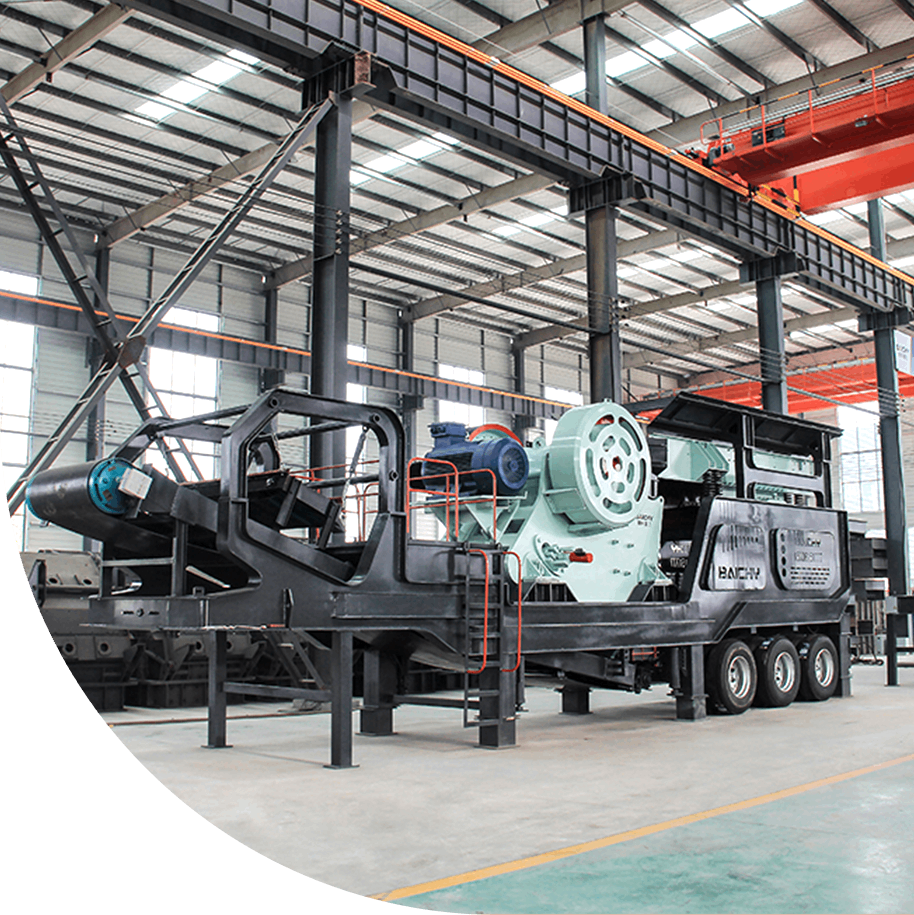
Ball mill is the key equipment for crushing materials after they are crushed. It can dry or wet grind various ores and other grindable materials.
Here we mainly talk about the difference between wet ball milling and dry ball milling.
1.Dry grinding
Dry grinding means that after the ore has been crushed in the ball mill, it will be taken out by the airflow drawn out of the cylinder when it meets the requirements. The production process of the dry ball mill does not require water and requires the material to be dry, so it is called dry grinding. The equipment is straight-cylinder-shaped and equipped with an exhaust device, a dust suction pipe and a dust collector. It plays an important "grinding" role in the beneficiation of various minerals.
2.Wet grinding
Wet grinding means that after the ore enters the mill, it is ground to a certain degree under the interaction of the grinding media and the ore itself to meet the grinding needs of the user. At the same time, there is water flow involved, and the movement of the ore needs to be driven by the water flow.
The difference between wet ball milling and dry ball milling:just like the name, one needs water, the other does not. Structurally, the discharge port of a dry ball mill is a straight cylinder, while the discharge port of a wet ball mill is a trumpet shape.
Finally, let's talk about the different uses between them.
1. When the particle size of the powder is not very fine, it will produce chemical reactions when it comes into contact with water, or the product after ball milling needs to be stored or sold in powder form (such as grinding of glazes and pigments), and when products such as tiles are pressed into shape, dry grinding is suitable. For example, in the production of cement, dry grinding must be selected instead of wet grinding.
2.If you want to grind the material with high fineness and it will not produce chemical reaction when it comes into contact with water, wet grinding is more suitable.











